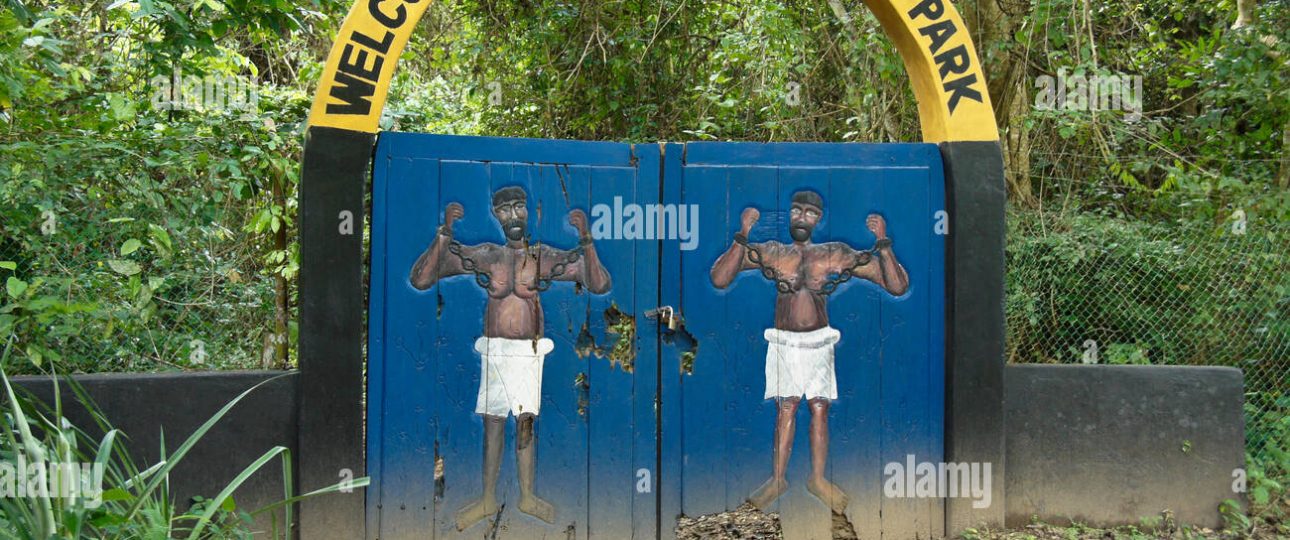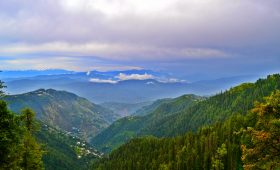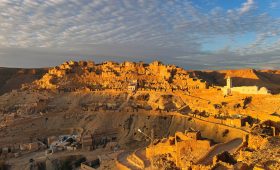Exploring Assin Manso Slave River: A Journey Through History
A Glimpse into History
Assin Manso Slave River is a site of profound historical significance in Ghana. Known as the “Last Bath,” it was the location where enslaved Africans took their final bath on African soil before being transported to the slave castles of Elmina and Cape Coast. This site was a major depot in the transatlantic slave trade, where slaves were fed and rested before their harrowing journey to the coast. The echoes of this dark chapter in history are palpable, offering a somber reminder of the resilience and strength of those who endured.
Discovering the Slave River
Located in the Assin Manso district, the Slave River is a testament to Ghana’s rich cultural heritage. Walking along its banks, visitors can feel the weight of history. The serene environment starkly contrasts with the painful stories that unfolded here centuries ago. The site has gained renewed attention due to the Year of Return campaign, which encourages people of African descent to reconnect with their roots.
Best Time to Visit
The ideal time to visit Assin Manso Slave River is during the dry season, from November to March. During these months, the weather is more predictable, allowing for a more comfortable exploration of the site without the disruption of heavy rains.
How to Get There
To reach Assin Manso Slave River, fly into Kotoka International Airport in Accra. From there, you can hire a car or take a taxi to Assin Manso, a journey of about three hours. The drive offers scenic views that make the trip worthwhile.
Local Transportation
Assin Manso is a small town, easily navigable on foot. However, hiring a local guide can enhance your visit. Guides provide valuable insights into the area’s history and culture, ensuring a deeper understanding of the site’s significance.
Exploring Assin Manso Slave River
Prepare to be moved by the natural beauty and historical weight of Assin Manso Slave River. Key attractions include:
1. The Ancestral River
The Ancestral River is central to the site. Visitors often walk barefoot to the river, placing their hands in the water as a symbolic gesture of connection and remembrance. This ritual is a powerful way to honor the lives affected by the slave trade.
2. The Slave Market
The remnants of the Slave Market offer a poignant glimpse into the past. Here, human lives were once commodified, and the site serves as a stark reminder of the atrocities committed during the slave trade.
3. The Slave River Museum
The Slave River Museum provides a comprehensive look at the history of the transatlantic slave trade. Through artifacts, photographs, and exhibits, visitors gain a deeper understanding of the lives impacted by this dark period.
Practical Travel Tips
To ensure a smooth visit to Assin Manso Slave River, consider the following tips:
- Wear comfortable shoes suitable for walking along the riverbanks.
- Bring sunscreen and insect repellent to protect against the sun and mosquitoes.
- Maintain a respectful demeanor, acknowledging the site’s historical significance.
- Support the local community by purchasing handmade crafts and souvenirs.
- Stay hydrated by carrying a water bottle with you.
Assin Manso Slave River is a site of deep historical importance. By visiting, you honor the memory of those who suffered and gain a greater appreciation for the resilience of the human spirit.




